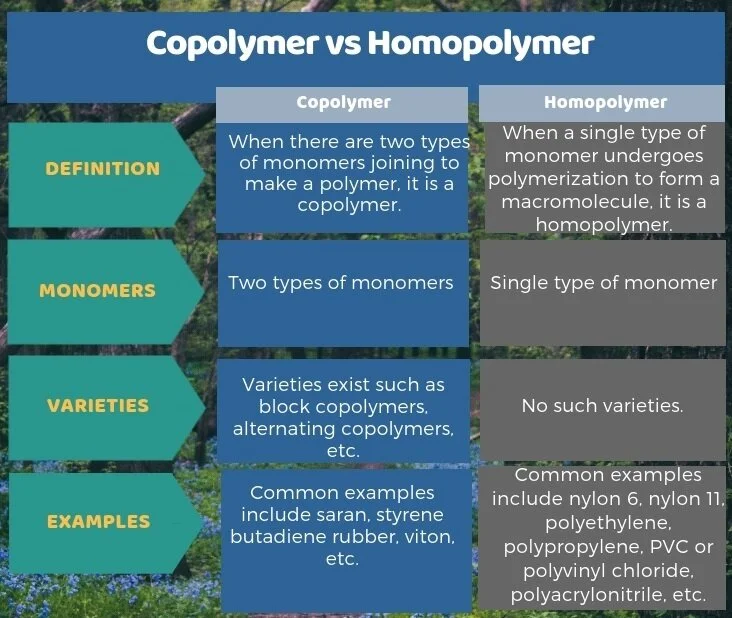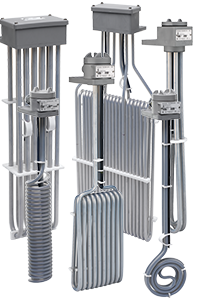Copper bussing is crucial in chrome plating applications due to several reasons related to its role in the electroplating process: Don’t forget to visit our rectifier page.
1. Conductivity:
High Electrical Conductivity: Copper has excellent electrical conductivity, which is essential for uniformly distributing the electrical current across the surface of the part being plated. This ensures consistent deposition of the chromium layer.
Reduced Voltage Drop: Copper’s low resistance minimizes voltage drops, allowing for efficient energy use and more precise control over the plating process.
2. Uniform Current Distribution:
Even Plating: Proper bussing ensures that the electrical current is distributed evenly across all parts of the surface. This is critical for achieving a uniform chrome layer, avoiding thin spots or uneven coating that could lead to defects in the finished product.
3. Durability:
Mechanical Strength: Copper bussing is robust and can handle the mechanical stresses of the plating process, including the weight of the parts and the force required to maintain good electrical contact.
Corrosion Resistance: Copper is relatively resistant to corrosion in the environment of the plating bath, which helps maintain consistent performance over time.
4. Heat Management:
Efficient Heat Dissipation: During the plating process, heat is generated due to the flow of current. Copper’s excellent thermal conductivity helps dissipate this heat, preventing overheating and potential damage to both the equipment and the workpiece.
5. Cost-Effectiveness:
Material Availability and Cost: Copper is relatively cost-effective compared to other highly conductive materials like silver or gold, making it a practical choice for large-scale industrial applications.
In summary, copper bussing is essential for ensuring a reliable, efficient, and high-quality chrome plating process. Its electrical and thermal properties, along with its durability, make it the preferred choice for this application.








